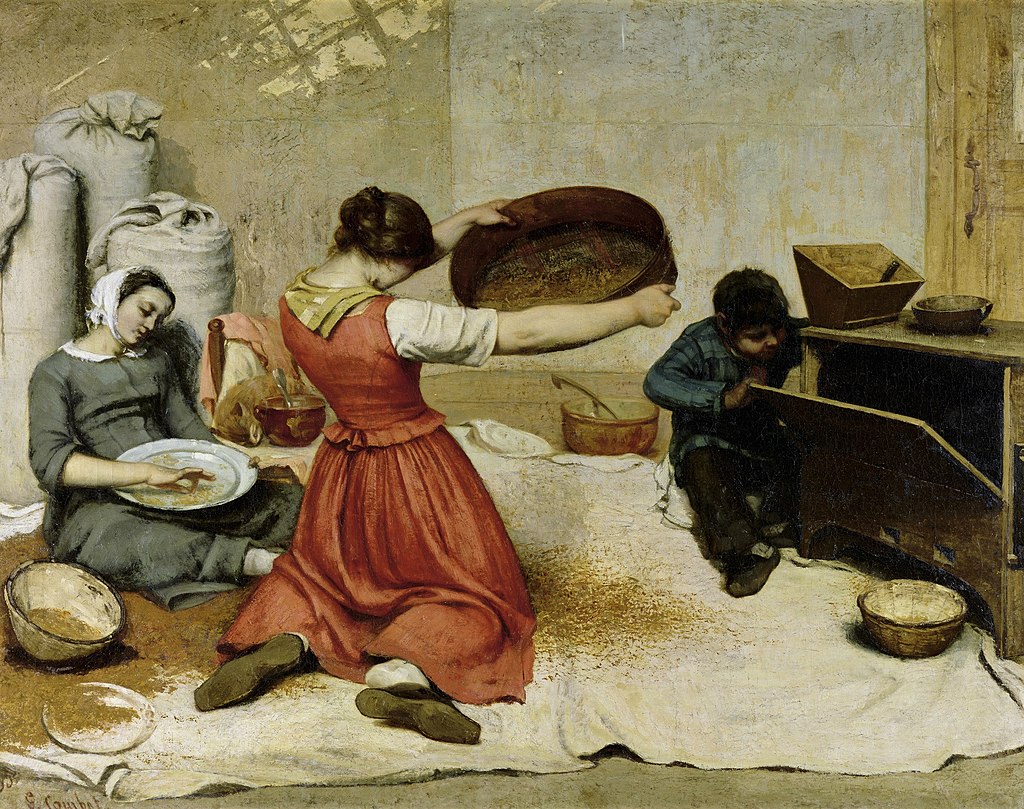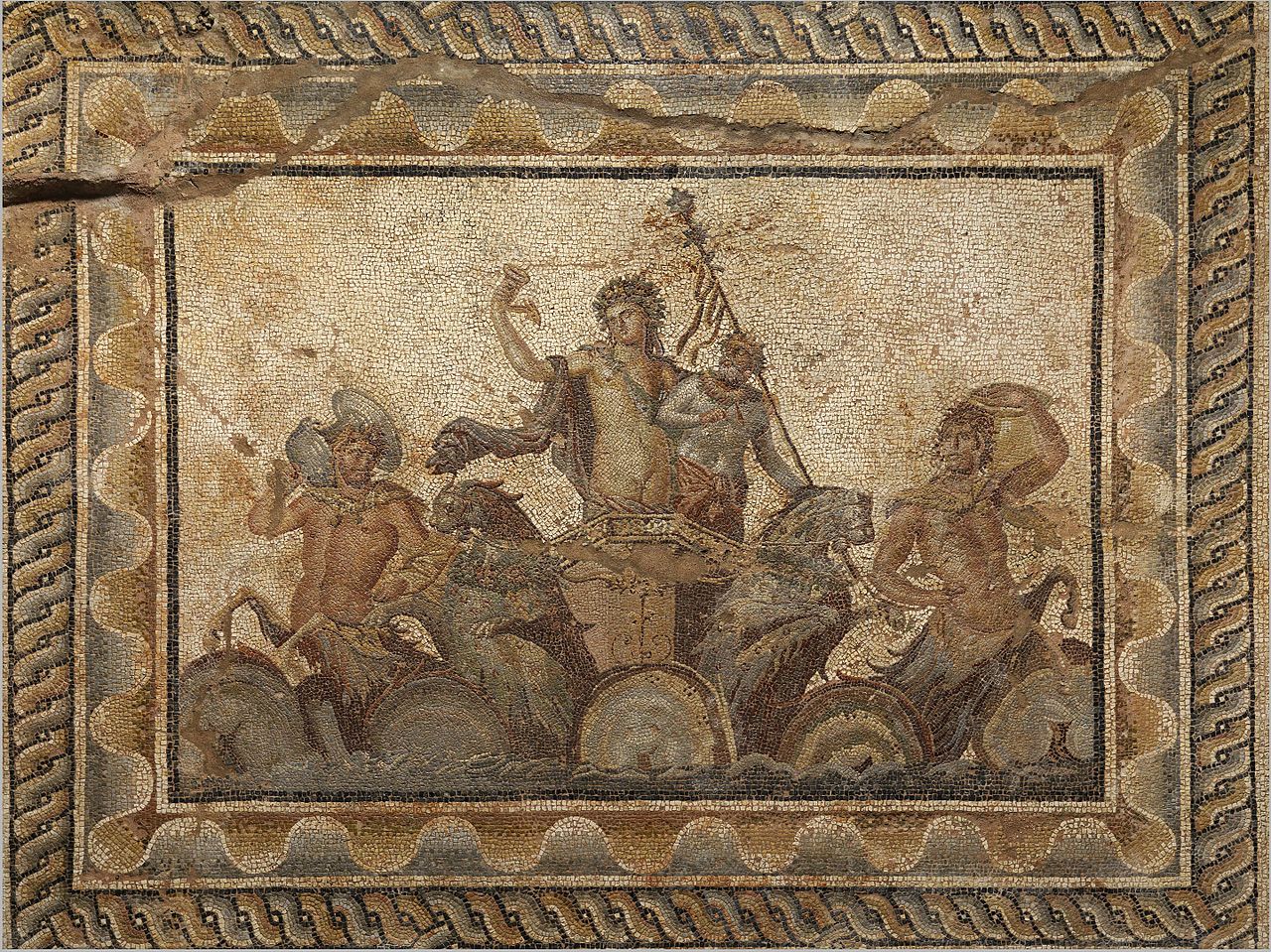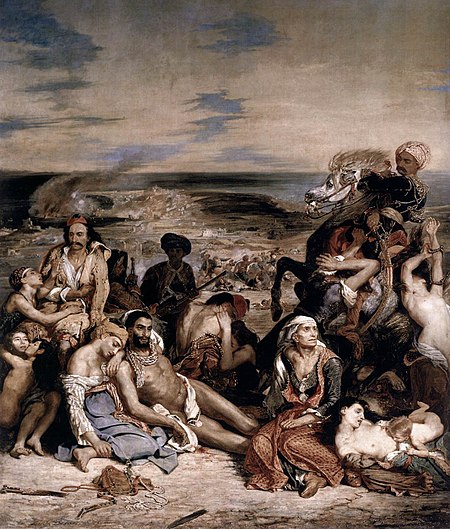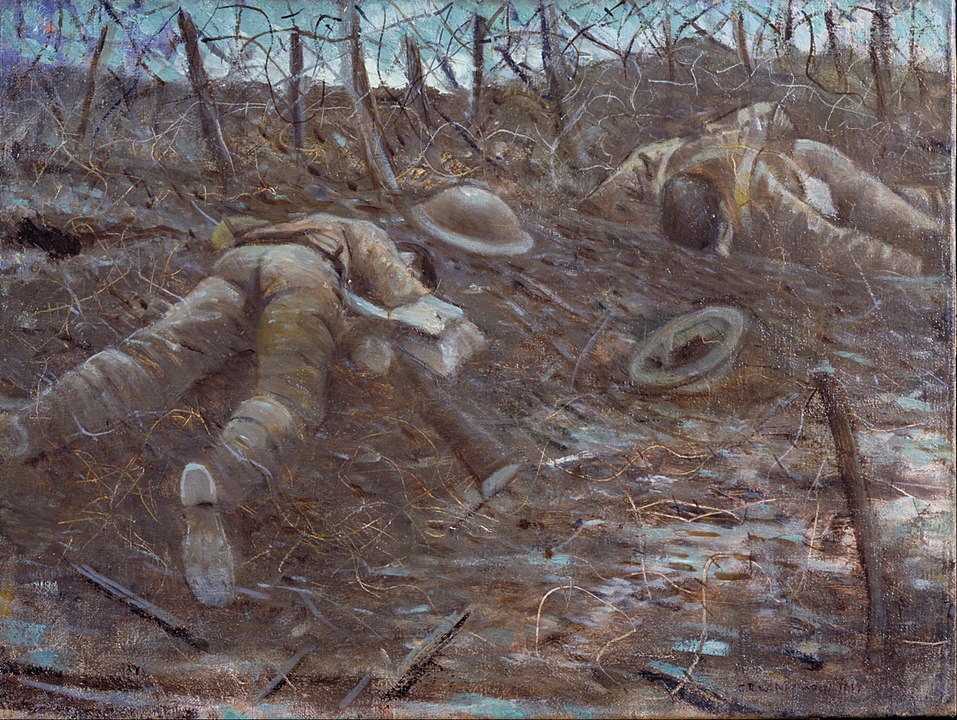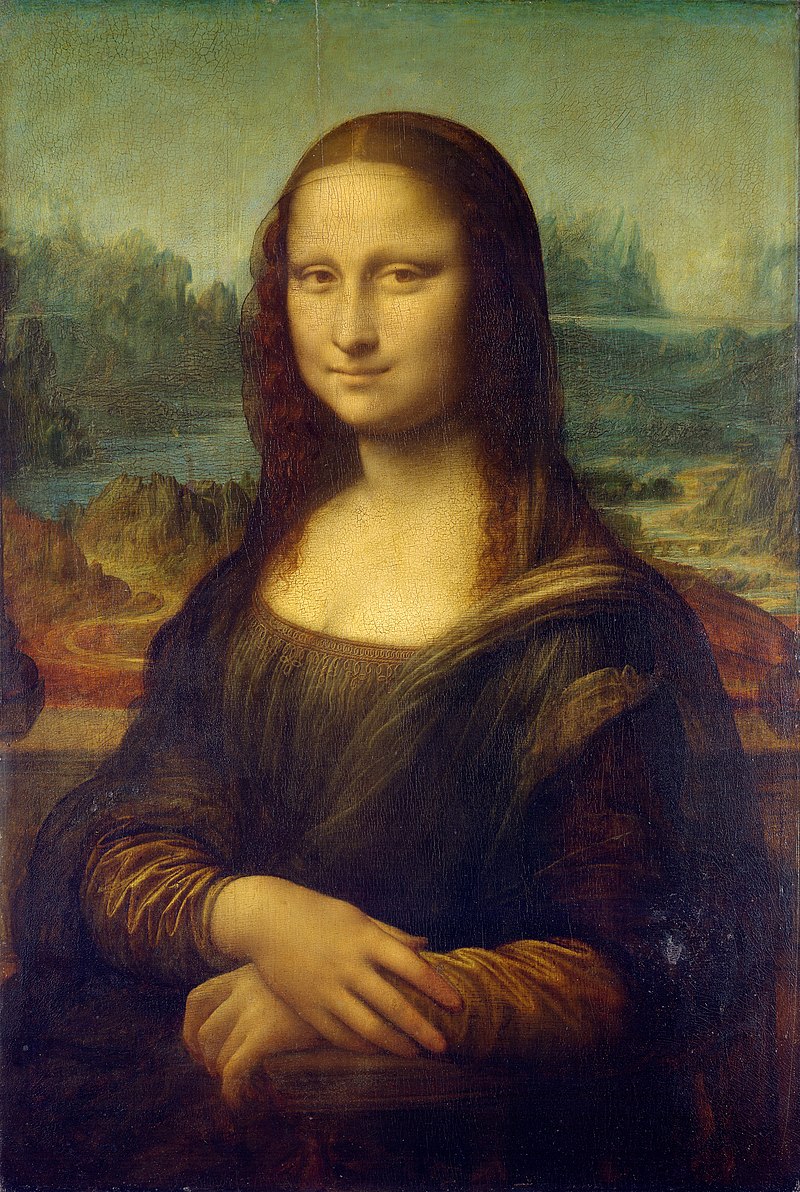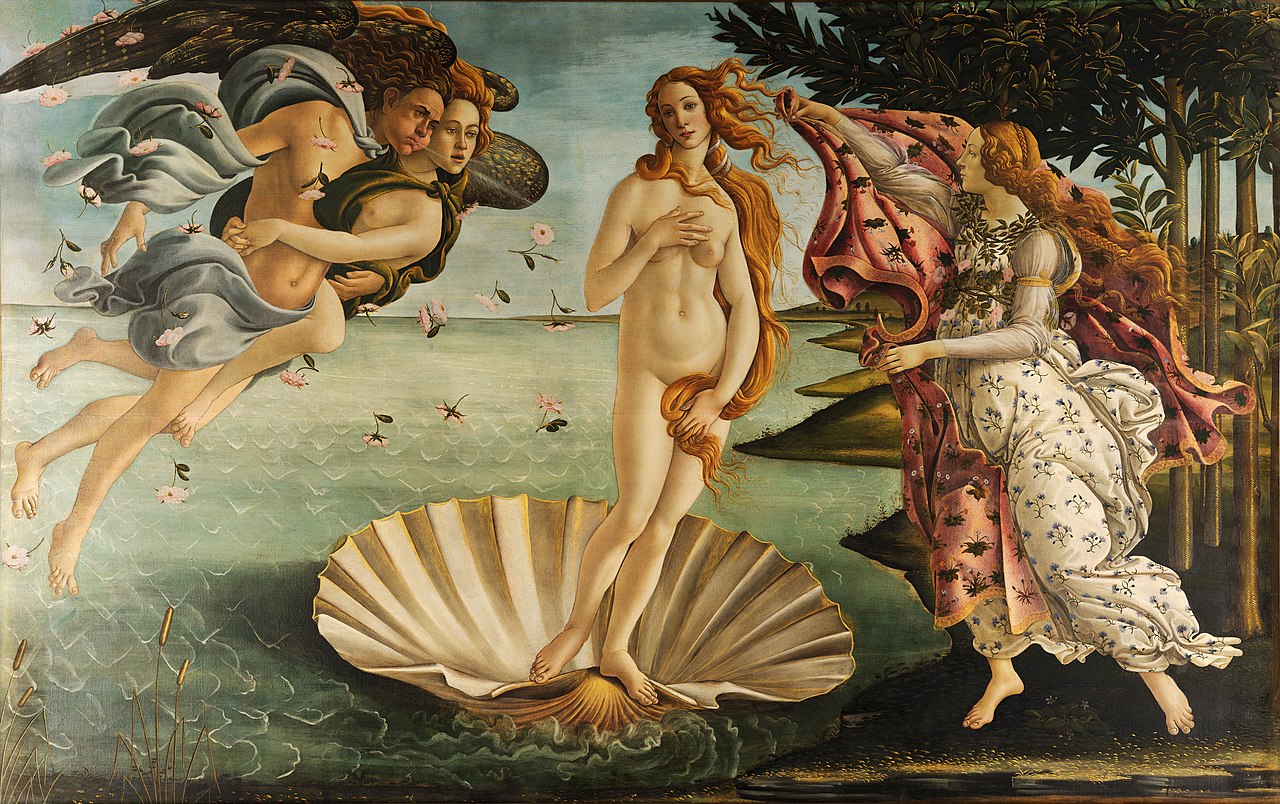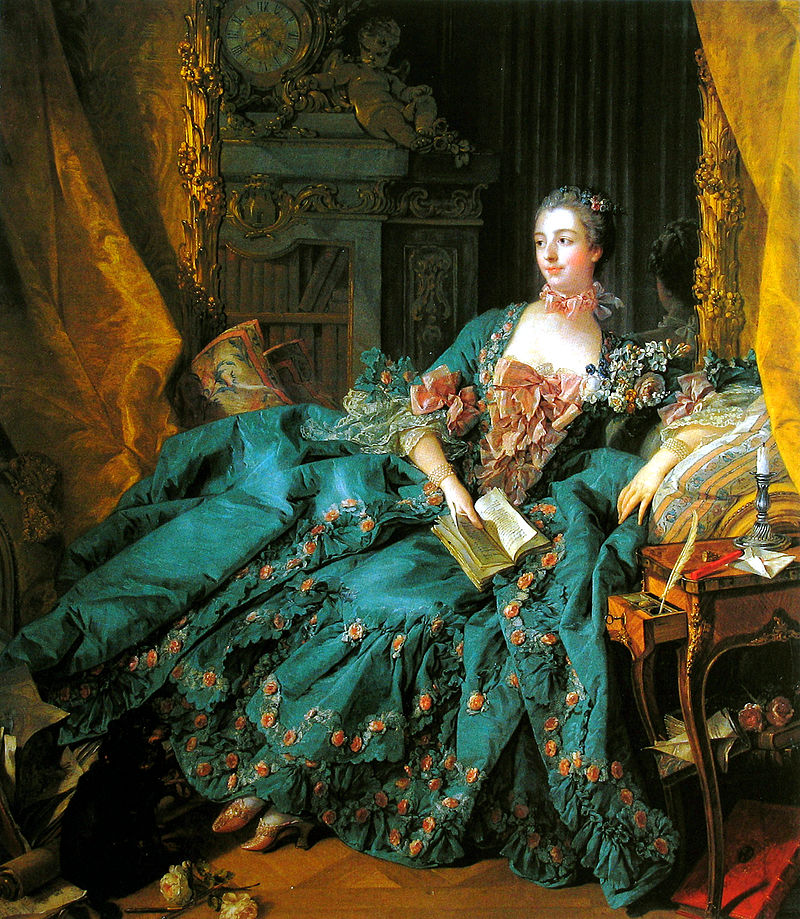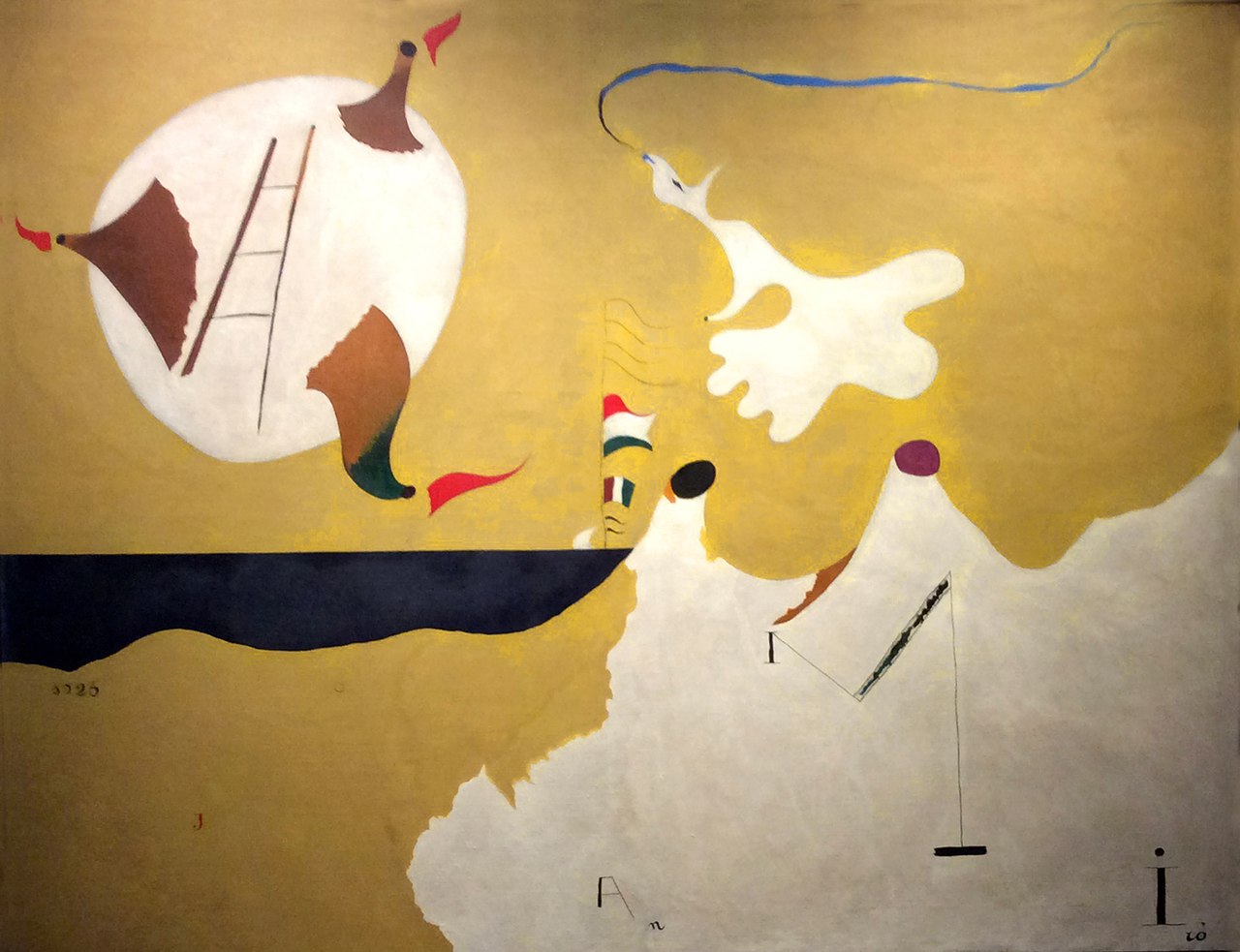The Social History of Art
Introduction
Our Online Daisy Art Gallery brings short overviews on various topics like this one concerning changing role of art in society
What is art? There are available many elaborate definitions of art, although to put it in simple words: art is a reflection of reality , at the very least. Artists create the art employing the contemporary resources, the technology, the knowledge as well as they do it in the given social, cultural, religious, philosophical, and economic framework. Moreover, art documents what fact-based historical records cannot: how it felt to exist in a particular place at a particular time.
As already mentioned, artworks mirror the reality. Art can be also very conducive at pointing out the areas of reality, which need to be improved or completely changed. If some aspects of reality are not enduarable, then art can be helpful in changing those conditions for the better. In other words, art is often a vehicle for social or political change . It can give voice to those, who are politically or socially oppressed. A painting, film or novel can stimulate emotions in those who encounter it, inspiring them to rally for change.
Changing Role of art in society over time
- Expectations of society in regard to the artist depend essentially on the function of art at the particular time. A high degree of craftsmanship present in many surviving objects dating back to ancient or prehistoric cultures suggests that specialized art producers must have existed at those times, and that art production therefore had to satisfy specific social function. Furthermore, in societies without writing, visual art served as a means of documentation and as a messenger of religious, social and ideological values. An independent, pure esthetical function of art lay for a long time outside the imaginative horizon of societies.
- In ancient Greece, too, art had to serve to certain ends without a clear agreement on its effects on the broader society. For instance, Plato was against the ideal state of art related to its plain visual context, while Aristotle allowed art at least a pedagogical function in the esthetical education of the people. Judaism and early Christianity reluctantly tolerated the arts that mirrored nature and both religions were also admitting that art could be instrumental with illiterate people. Islam tolerated an ornamental role of art but forbade figurative and narrative contents.
- The art followed the purposes of the religion for a very long time and was with it narrowly tied up to the 18th century. Only when influence of religion on art diminished, its content could be determined by true subject-matter. Very often the interests and intentions of the ruling institutions (such as the Church, the monarchy or the State), and sometimes the competitive relations between them, were reflected in the subject-matter of art. A “free” art as we perceive it today, could arise only in societies in which art was liberated from its referential, socio-pedagogical and canonizing function. In Europe this happened in the 15th century with ascending importance of science with its empirical and experimental basis. Since then the “free” art mainly in Western World has been following its independent and explorative path taking an advantage of new material development, broadening media options as well as scientific function of discovery and inventions.
Development of the relationship between artist and society
- From the ancient world until the 18th century the visual art was produced mainly on commission, i.e., on a prior agreement between patron and artist in regard to the nature of the work and financial terms. At least up to the 15th century a topic of an artwork came from the patron, while the artist was supposed to provide his craftsmanship and execute the work. At this particular time artists as a group had the status of mere craftsmen and had to follow rules enforced by the State and the guilds. These rules very often included a prohibition on passing knowledge to other cities, or an explicit ban on the exercising of art by women. The only exception was court artists, who enjoyed special status and benefits.
- It was the Renaissance that brought up the new function of art related to discovery, invention as well as imagination. The new requirement for art significantly reduced a number of those qualified to practise it and set up a new professional image with a higher status for artists. With the concept of invention and imagination now linked to the art, the artists attained more freedom and independence in their relationship with the patron, especially in regard to a style and form. In addition, a pattern of the patrons in the Renaissance changed as well: circles of the art recipients were enlarged by educated and wealthy merchants, who took up ancient subject-matter and also modified religious subjects to suit their purposes.
- Another significant change in the role of the arts in the society occurred at the turn of the 19th century. A significant contribution to this development came from the temporary collapse of the hierarchy of ecclesiastical and aristocratic patrons during the French Revolution (1789 – 1799). A lack of the patrons together with growing emancipation of the artists and the disintegration of the guilds had an impact on the relationship between the artist and the art recipient. A group of art dealers steps in and becomes a mediator in the economic exchange between artists and recipients. These days there are art galleries with curators, auction houses, social medias (Facebook, Instagram, Pinterest) as well as online art galleries – all these venues help artists bring their artworks to enthusiastic art lovers.
Information sources:
Oxford Art Online
https://www.masterpiecemixers.com
http://www.eu-man.org/magazine/
wikipedia.org
Our Mission
With our online “Daisy Art Gallery” you can switch from the virtual art world to the tangible art world! You can enrich your life, awaken your imagination, express your values and attitudes as well as support and encourage young artists in their artistic endeavors.
Whatever you need, you can contact Jana at:

mobile: +49 176 246 19113
e-mail: jfabianova07@gmail.com

